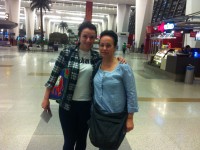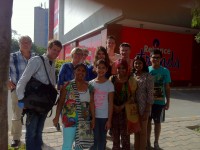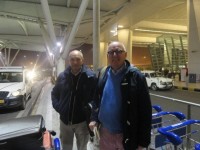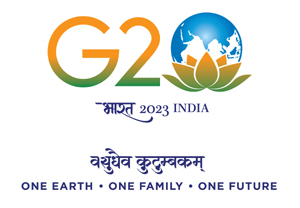
general information
How to reach Czech Republic
How to get to Czech Republic by Air
There are four international airports in the Czech Republic, the largest one is in the capital city of Prague. Others are in Ostrava, Karlovy Vary and Brno. All airports are well connected to most other European capitals (and some cities outside Europe too). More than twenty airlines, including the national carrier, Ceske Aerolinie, fly to Prague.
How to get to Czech Republic by Rail
If you’re going to the Czech Republic from another European country, then it makes a lot of sense to travel by train- it works out pretty cheap, and is convenient too; trains from across the border can cross at around 18 points. International trains arrive at Prague’s main station Praha-hlavní nádraží or at Holešovice and Smíchov stations.
How to get to Czech Republic by Road
The other way of reaching the Czech Republic is by surface transport- buses and cars can enter the country at about 30 points along the border.
Tourist Attractions
In this small country at the heart of Europe, you will always have a copious wealth of natural and cultural treasures within reach! Nowhere is too far for you to be able to set out for. Discover the historical heritage of the Czech Republic: the most interesting castles and chateaux, UNESCO monuments and also the fascinating atmosphere of ancient cities. Treat yourself to a stay in the Czech spas and allow yourself to be pampered, body and mind. But don’t forget the monasteries, mountains and national parks. In short, stay in the places you like and make time for unusual experiences according to your taste and inclination!
Events
The Czech Republic is widely known for its many quality festivals and celebrations. The ones below are among the best. Prague Winter Festival, Carodejnice (witch night), Prague Spring Festival, Straznice Folklore Festival and Cesky Krumlov Celebration of the Rose.
Cities in Czech Republic
Prague
Historical, whimsical, hedonistic and cynical, Prague bewilders its visitors and charms them. Since the Iron Curtain fell in 1989, tourism and investment has poured in, turning the previously ramshackle Communist capital into a buzzing Western metropolis. Flowing from the east towards Germany, the Vltava divides Prague in the centre. Hradčany and Malá Strana, once home to the Austro-Hungarian elite, sit primly on the left bank, faced by the noisier commercial quarters, Staré Město, Josefov and Nové Město. Hradčany, which houses the castle and St Vitus’ Cathedral, tumbles into Malá Strana (Little Quarter), a maze of cobbles, carved doorhandles and stickleback roofs. Over the river is Staré Město (Old Town), a delicate web of alleys and passages running towards Staroměstské náměstí, the old market square. Within Staré Město is the old Jewish quarter, Josefov, which now encloses a luxury shopping district. Nové Město (New Town), the most central part of the modern city, spans the largest area of old Prague, with blocks stretching south and east of the old town in long strides.
Bohemia
Prague is circled by the region of Bohemia, which covers the western two-thirds of the Czech Republic. To the west of Prague is Karlovy Vary, a picturesque spa town in the woody Sudeten hills, while southeast of that is Plzeň, brimming with industrial vigour and Pilsner Urquell beer. Travelling east towards Slovakia you’ll reach Kutná Hora, with its sinister bone church. South of Prague, close to the Austrian border, is another beer-brewing giant, České Budějovice, home of Budweiser, and Český Krumlov, with its rose-coloured churches and frescoed palaces.
Moravia
Eastern Moravia (Morava) is poorer and more provincial than Bohemia, but warmer and more relaxed. It shares borders with Poland to the north, and Slovakia and Austria to the south. In the southeast of Moravia is bustling, industrial Brno, with red-brick houses and wide boulevards, and travelling south you’ll reach Olomouc, an ancient city bursting with youthful energy.










